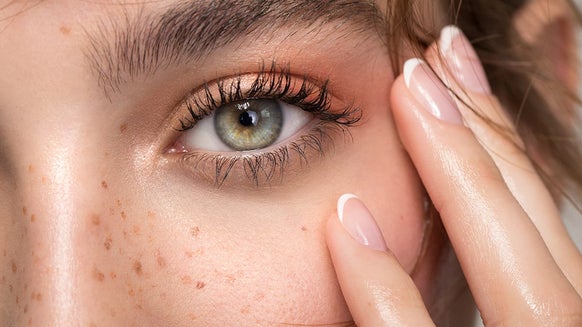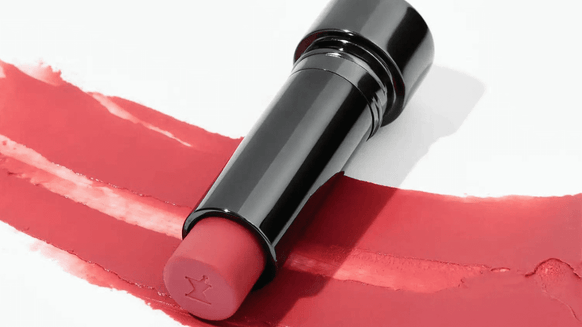Beauty Through The Ages: The History Of Tanning

We all want to be the celebrity whose skin looks beautifully sun-kissed and is constantly sporting a striking golden hue. However, the adoration we have for bronzed skin is one that would have our ancestors turning in their graves! While the modern world considers bronzed skin a desirable trait, this hasn’t always been the case. Discover the history of tanning, as we take a look back through the ages…
Where Did Tanning Begin?
Tanning is one of the oldest trends in the business. However, it hasn’t always been desirable. In the millennia preceding the industrial revolution, particularly during the ancient Greek, Roman and Elizabethan times, pallor was considered the epitome of luxury. Viewed as a sign of wealth and hinting at a noble life of leisure spent indoors, the trend for pale skin resulted in people using poison to create the perfect pale hue. With sun-tans associated with serfdom and a working life spent outdoors, it wasn’t until the 19th century when views began to change.
The Industrial Revolution
The industrial revolution of 1840 meant that the working classes had moved into the shadows. Working in mines and spending leisure time indoors, the association of dark skin and poverty quickly diminished. In 1890, Theobald Palm recognised that sunlight was crucial for bone development and sunbathing gained momentum in the craze of curing illness.
Tanning in the 1920's
Up until the 1920's, creamy complexions were the epitome of beauty. If you’ve ever seen Baz Luhrmann’s The Great Gatsby or Vogue’s Flapper-inspired photo shoot with Carrie Mulligan, you’ll get the picture!
Powdery, pale skin that rarely saw the sun was a sign of ultimate glamour.
It wasn’t until 1923 that tanning was turned chic by legendary fashionista Coco Chanel. As the story goes, in 1923 the style-icon caught a little too much sun on a Mediterranean cruise, returning to the spotlight with a beautiful golden hue. The photographs of her disembarking in Cannes set a new precedent for beauty, and tanning as we know it, was born.
I think she may have invented sunbathing. At that time, she invented everything - Jean-Louis de Faucigny-Lucigne
Tanning in the 1940's
Her sun-kissed look launched a trend, but for many this look was aspirational rather than achievable. Holidays were rare, and the onset of the Second World War meant that the closest women got to tanning was using tea bags or dousing their legs in Bovril to create the illusion of a natural-looking tan. Since then, tanning has had a tumultuous journey.
Tanning in the 1950's
The decade when the first fake tan product was born! The ‘Man-Tan’ hits the market. Created from a chemical derived from sugar cane, dihydroxyacetone (DHA), the "Man-Tan" moved away from simply staining the skin and worked to produce a chemical effect that reacted with the amino acids on the skin's surface to provide a longer-lasting golden glow.
Towards the latter half of the decade, colour film and commercial travel were readily available and people soon had enough money to enjoy both. The glamour of sunbathing gained momentum and methods of sunless tanning grew in popularity.
Tanning in the 1970's
When public health officials and dermatologists noticed a surge in skin cancer during the latter half of the century, it fuelled significant research into the effects of UV rays on our skin. Extreme sun exposure was linked to skin cancer and a whole host of other physical conditions.
The cosmetic boom during this time resulted in quick methods of bronzing. Accessibility of Mediterranean package holiday,s and the introduction of tanning beds and self-tanners soon stepped in to help health-conscious tan-seekers achieve a sun-kissed glow without the sun damage.
Tanning as we know it today
Researchers have since discovered that tanning beds and sun-lamps are just as harmful as laying out in the sun. The popularity of tanning beds has been on the decline ever since, even as tanned skin stays firmly en vogue. With women such as Jessica Alba, Halle Berry and Kim Kardashian at the forefront of 21st century beauty definitions, it’s no wonder that women still want that beautiful golden glow.
So, where does this leave tan-seekers? With a bottle of St. Tropez’s finest in hand, of course…
With a multi award-winning formula that adapts to your individual skin tone, the ultra-lightweight self-tan delivers a natural-looking, long-lasting colour with a streak-free finish. Infused with conditioning Vitamin E to keep skin hydrated and protected, there’s no need to expose yourself to those harmful UV rays!
What is still to come for Tanning?
The tumultuous journey of tanning through the ages has seen the rise and fall of many tanning fads. However, it looks like the fake-tan is here to stay! With new brands still launching, new formulas being developed and new shades on the horizon, it is clear that tanning is still a major player in the beauty game. Who knows what the future will hold, but for now we are loving the St. Tropez Express Bronzing Mousse for a beautiful golden hue…
Rebecca is a skincare expert on the BeautyExpert.com team. She is guest posting about her favourite beauty brands on the Lookfantastic blog.








